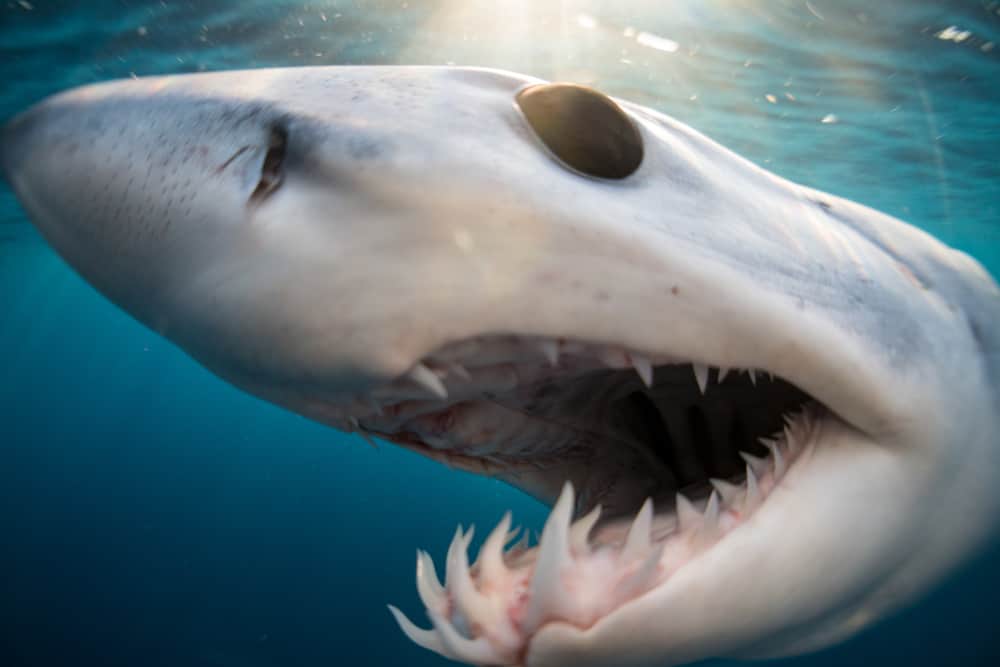The Fascinating Teeth of Great White Sharks: A Lifetime of Constant Regeneration
The great white shark (Carcharodon carcharias) is a formidable predator, known for its immense size and fearsome reputation. One of the most intriguing aspects of these apex predators is their unique dental system. Unlike humans and many other animals, great white sharks possess multiple rows of teeth, and their remarkable ability to continually regenerate teeth throughout their lifetime is truly awe-inspiring. In this article, we will delve into the captivating world of the great white shark’s teeth, exploring the reasons behind their seemingly infinite supply and the significance of this adaptation for their survival.
Great white sharks boast an extraordinary dental feature that allows them to have a virtually endless supply of teeth. These magnificent creatures typically have several rows of teeth, with the front row being the most functional. The front teeth, also known as the functional teeth, are responsible for seizing and holding prey. Behind these active teeth, there are several rows of replacement teeth, ready to take over as soon as a tooth from the front row is lost or worn down.
Throughout a great white shark’s life, which can span several decades, it may go through a remarkable process of tooth regeneration thousands of times. As the shark feeds and attacks its prey, teeth may become broken, dislodged, or worn out. However, there’s no need to worry, as nature has designed an efficient mechanism to ensure a swift replacement.
When a front tooth is lost or damaged, the adjacent row of teeth shifts forward to fill the gap left by the missing tooth. Simultaneously, a new tooth begins to develop behind the functional teeth. This process is a testament to the incredible adaptability of these creatures, as it ensures they always have a full set of sharp, functional teeth ready for hunting and consuming their prey.
The evolution of multiple rows of teeth in great white sharks serves several critical purposes. Firstly, it ensures that the predator remains at the pinnacle of its hunting efficiency. A full set of sharp teeth ensures that the shark can seize, incapacitate, and consume its prey efficiently, maintaining its role as an apex predator in the marine ecosystem.
Secondly, the ability to regenerate teeth continuously has enabled great white sharks to adapt to a wide variety of diets. While their primary diet consists of marine mammals, such as seals and sea lions, they are not limited to just one type of prey. Their teeth are also adapted to consume fish, squid, and even carrion, giving them a diverse range of food options and enhancing their chances of survival in changing environmental conditions.
The great white shark’s ability to grow up to 20,000 teeth in a lifetime is a marvel of evolution. With their multiple rows of teeth and the capacity for continuous tooth regeneration, they exemplify nature’s ingenuity in creating a perfectly adapted predator. As we continue to explore and understand these magnificent creatures, we gain deeper insights into the delicate balance of life in our oceans. Preserving their habitat and ensuring their survival is crucial not only for the preservation of this awe-inspiring species but also for maintaining the ecological harmony of our marine ecosystems.
Hits: 18








